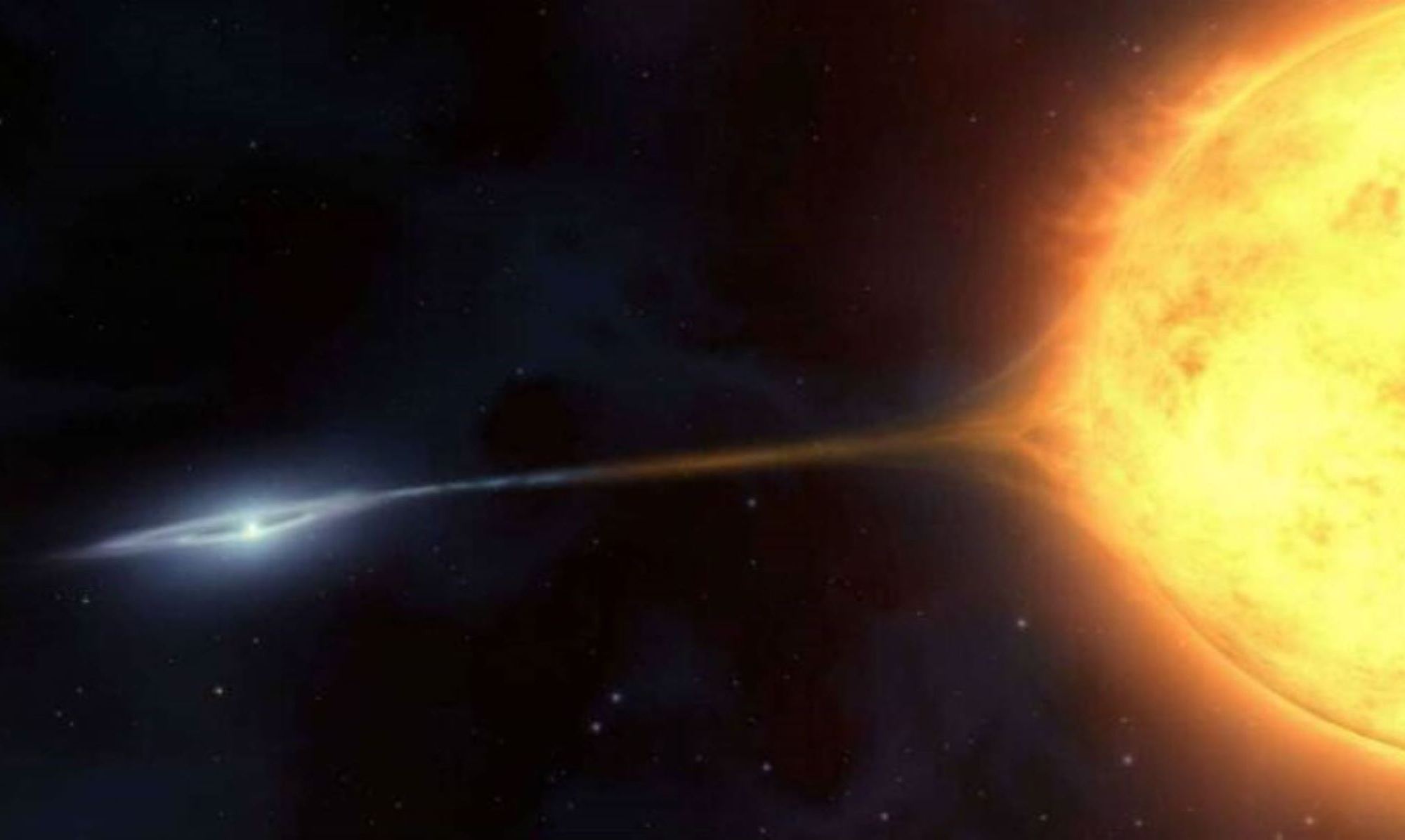Millions of stars that can grow up to 620 million miles in diameter, known as ‘red giants,’ exist in our galaxy, but it has been speculated for a while that there are some that are possibly much smaller. Now a team of astronomers at the University of Sydney have discovered several in this category and have published their findings in the journal Nature Astronomy.
“It’s like finding Wally… we were extremely lucky to find about 40 slimmer red giants, hidden in a sea of normal ones. The slimmer red giants are either smaller in size or less massive than normal red giants.”
PhD candidate Mr Yaguang Li from the University of Sydney, as quoted from the source article.
Most stars in the Universe are main sequence stars, converting hydrogen into helium through nuclear fusion. This process creates a lot of energy. This energy wants to escape, but the pressure of gravity from all of the star’s mass keeps it from doing so. In order for nuclear fusion to ignite in a star, it has to have at least 0.08 times the mass of the sun.
When there is no longer any hydrogen left in the core, fusion ends and there is nothing to stop the pressure of gravity from compressing the core which causes the internal temperature to increase. This ignites a shell of hydrogen surrounding the inert core. While this is happening the helium core continues to contract and increase in temperature, making the star expand and increasing the amount of light it produces.
At this stage of a star’s evolution it can grow up to between 62 million miles and 620 million miles in diameter (100 million to 1 billion kilometers), 100 to 1,000 times wider than our sun. As the star increases in size its energy is spread over a larger area leading to overall lower temperatures on the surface. This makes the star shine in the redder part of the spectrum, thus leading to the name ‘red giant.’
The newly found red giants come in two classes: very low-mass red giants, and dimmer red giants. The astronomers at the University of Sydney sorted through data collected by NASA’s Kepler spacecraft from 2009 to 2013 when the telescope was recording brightness variations on tens of thousands of red giant stars.

Those stars that are very low-mass red giants weigh about 0.5 to 0.7 solar masses. In order to have this little amount of mass naturally they would have had to have been around for longer than the age of the Universe. However, the dimmer (or underluminous) stars have normal masses, from 0.8 to 2.0 solar masses. These stars “are much less ‘giant’ than we expect,” said study co-author, Dr Simon Murphy from the University of Southern Queensland (as quoted from the source article). “They’ve slimmed down somewhat and because they’re smaller, they’re also fainter, hence ‘underluminous’ compared to normal red giants.”
The characteristics of these stars do not follow the norm of known stellar evolution. Because of this the researchers determined that there must be something else involved that was reducing their size. They have concluded that these lower mass red giants have had some of their mass stolen by companion stars, in stellar systems known as binary star systems. These systems have two stars that are gravitationally bound. As one of the stars grows into its red giant phase, some of its material reaches the gravitational influence of the other star and is drained away.
This conclusion adds to the knowledge of stellar evolution, helping us understand how our Universe works. This overall knowledge will help us as we head into becoming a space-faring civilization, which is the direction we have been moving towards in recent years with seemingly exponential speed.
More:
- The University of Sydney (source): Giant Stars Undergo Dramatic Weight Loss Program
- Space.com: Red giant stars: Facts, definition & the future of the sun
- Universe Today: What Are The Different Types of Stars?
Header: “The small star becomes bigger, hotter and bluer, which gives it the appearance of being young, while the ageing companion burns out and collapses to a stellar remnant. ( Source: Youtube)

